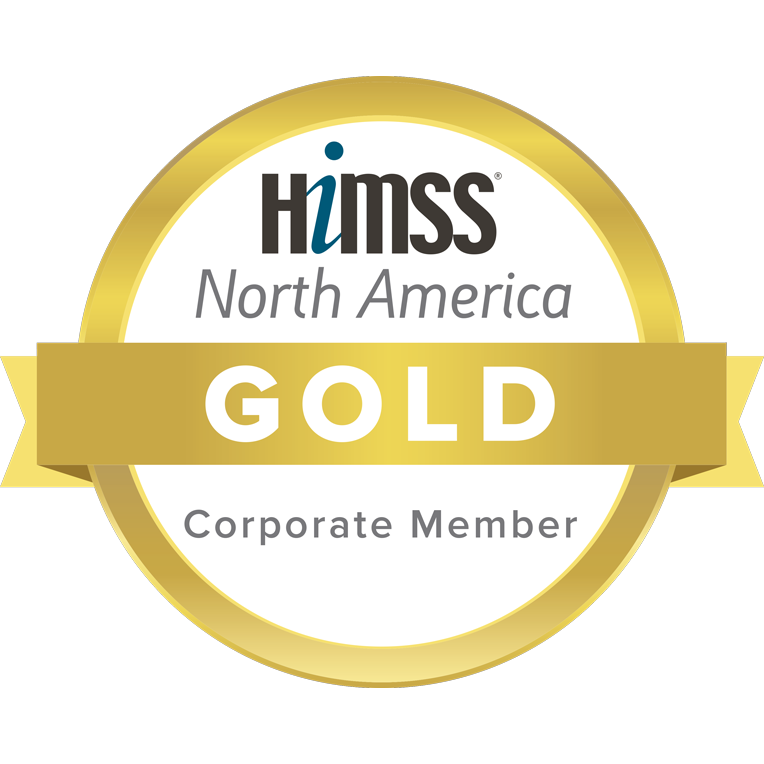Business Continuity in Healthcare: Are You Waffle House Prepared?
Why Resilience and Preparation Must Be Core to Healthcare
When disaster strikes, one restaurant chain has become legendary for staying open: Waffle House. Whether it’s a hurricane, flood or snowstorm, Waffle House rarely shuts its doors thanks to careful planning, staffing and stocking. That relentless commitment to continuity has even inspired FEMA’s so called “Waffle House Index” to gauge disaster recovery.
But what if hospitals had the same mindset?
Why Business Continuity Matters in Healthcare
Hospitals and health systems are vulnerable to a wide range of disruptions
- Cyberattacks and ransomware
- Electronic health record (EHR) outages
- Natural disasters
- Infrastructure and utility failures
The consequences go far beyond inconvenience. Interruptions can delay labs, imaging, billing and communication, and ultimately jeopardize patient safety, organizations reputation and staff confidence.
The takeaway is clear: healthcare must be able to operate safely even when systems fail.
Resiliency vs. Recovery: Knowing the Difference
- Resiliency: Driven by operations, it ensures safe care continues during disruptions. This means prioritizing workflows, staffing and supplies so patiences still receive treatment when systems go down.
- Recovery: Led by IT, it focuses on restoring systems, infrastructure and access after the disruption.
Neither is sufficient on its own though. True business continuity requires both working in sync.
Building Continuity: The Three Pillars
- Resiliency: Policies, procedures and operations readiness.
- Recovery: Skilled teams, system restoration sequences and IT preparedness
- Contingency Planning:Risk assessments, impact analysis and actionable response strategies
Together, these pillars ensure hospitals are note only prepared for disruption but also equipped to respond quickly and effectively.
A Framework for Action
- Assess: Conduct a gap analysis to understand vulnerabilities
- Walk through a patient flow (e.g., an ED admission or surgical case) to reveal interdependencies.
- Interview units like pharmacy, imaging or registration to uncover hidden risks.
- Design: Develop tailored solutions for each identified gap.
- Implement: Roll out solutions iteratively, learning and refining along the way.
- Measure: Track outcomes, test readiness and drive continuous improvement.
The Urgency of Today
The overarching message is simple yet urgent: the day to prepare is today.
Hospitals can’t afford to wait until disaster strikes to discover weak spots. By investing in resiliency, strengthening recovery capabilities and committing to ongoing improvement, healthcare organizations can ensure that when a storm, digital or natural, rolls in, their doors remain open.
Just as communities trust Waffle House to serve hot meals during a crisis, patients should trust that their hospitals will continue to deliver safe, reliable care, no matter the circumstance.


